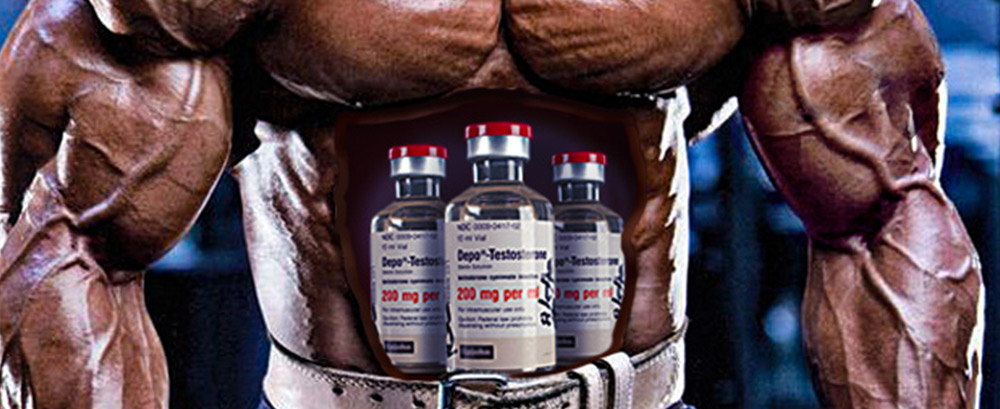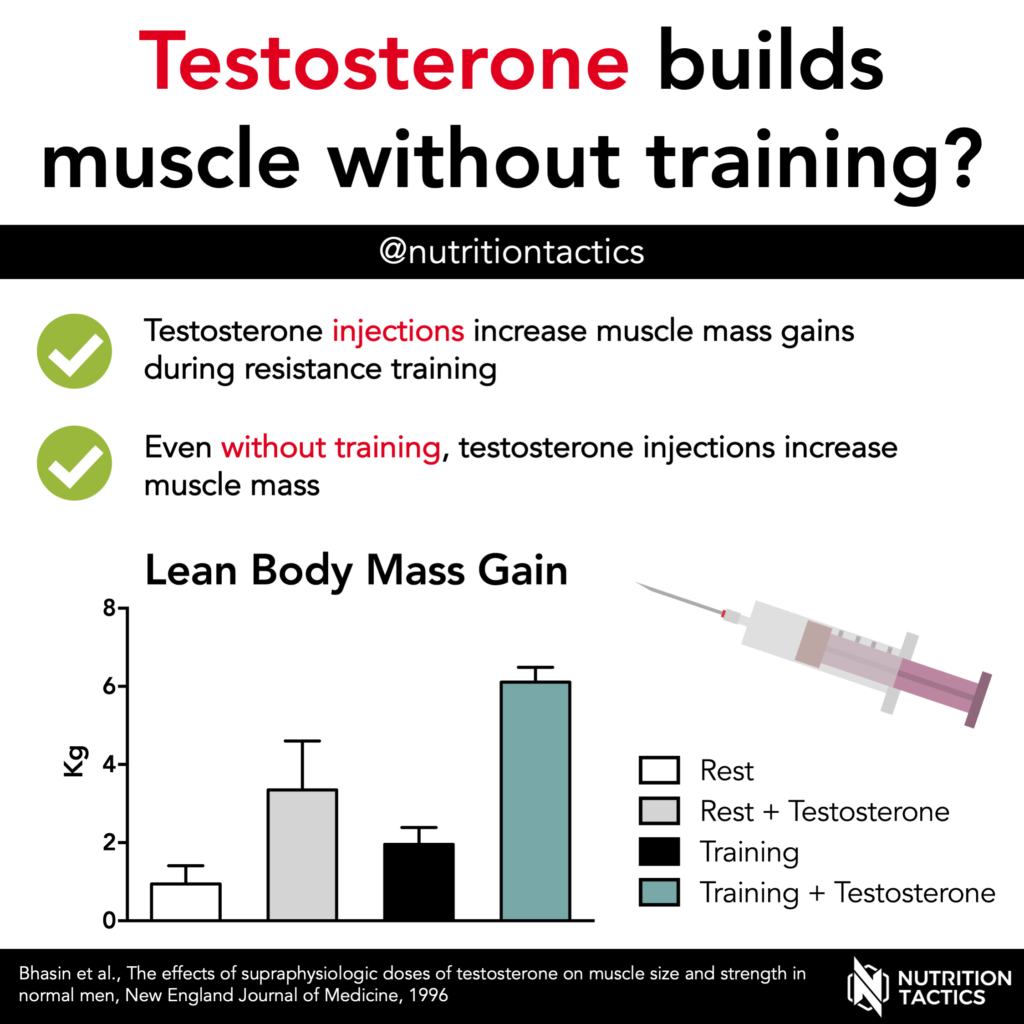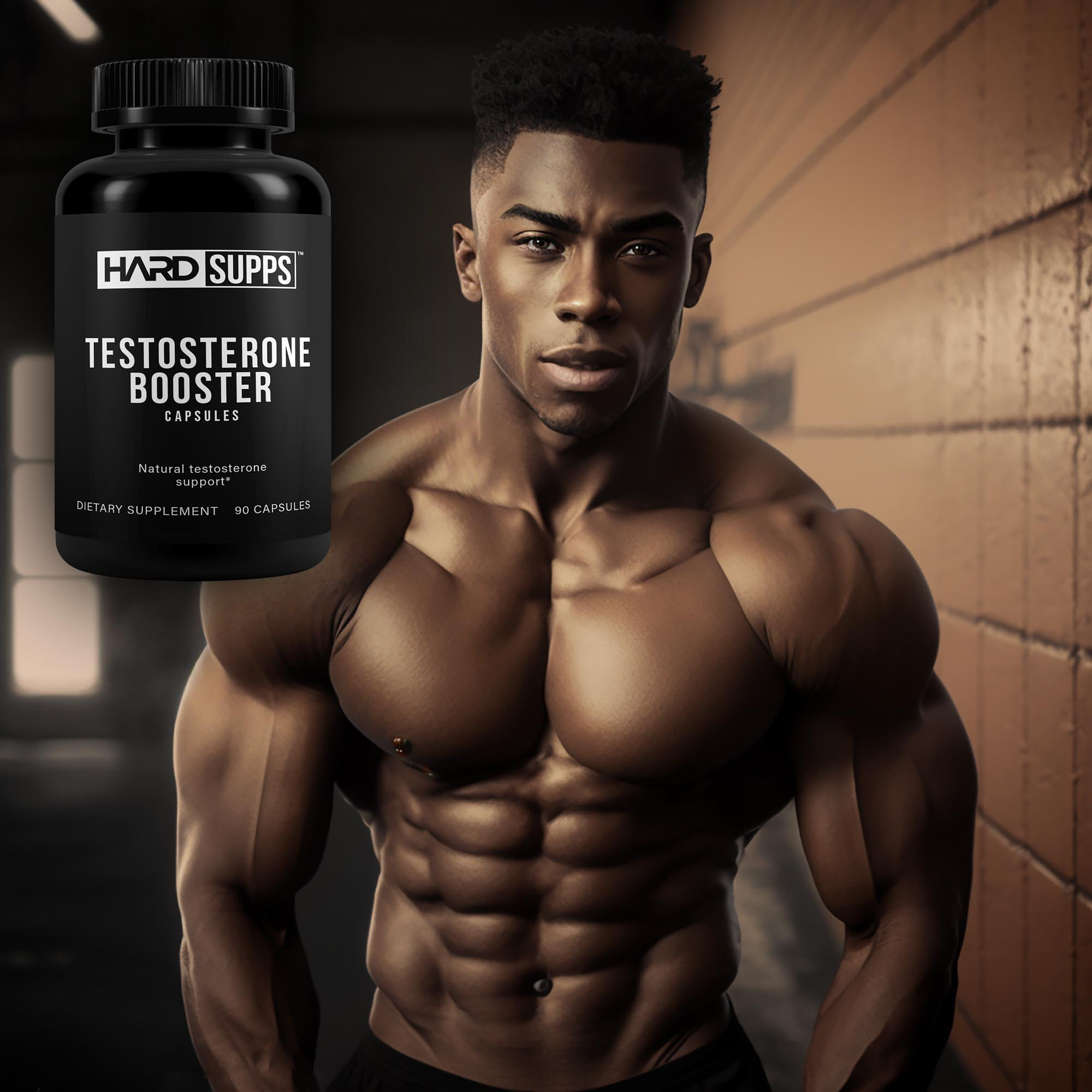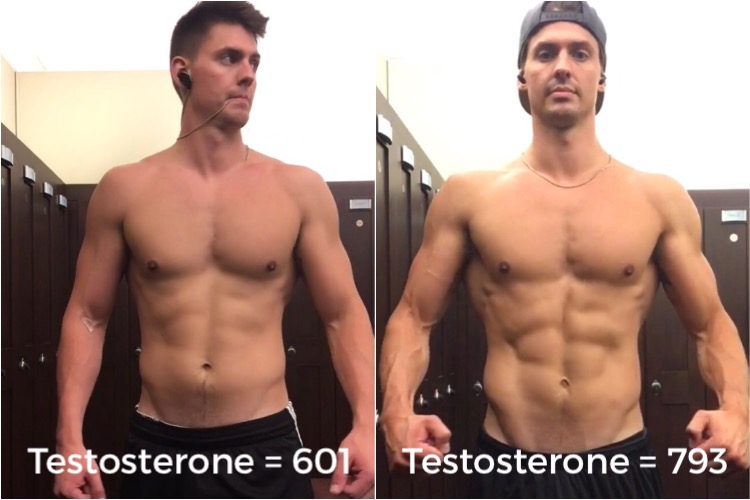How Much Testosterone Do Bodybuilders Take

The pursuit of extreme muscularity in bodybuilding often leads individuals down a controversial path: the use of anabolic steroids, particularly testosterone. While testosterone replacement therapy (TRT) exists for legitimate medical purposes, the dosages used by some bodybuilders often far exceed these therapeutic levels, raising serious health concerns and ethical questions about fair competition.
This article delves into the complex issue of testosterone use among bodybuilders, examining typical dosages, potential risks, and the ongoing debate surrounding performance enhancement in the sport. It explores the stark contrast between medically prescribed TRT and the supraphysiological doses employed by some athletes to achieve dramatic increases in muscle mass and strength. We aim to present a balanced perspective, drawing upon scientific literature, expert opinions, and available data to illuminate this often-shadowed aspect of the bodybuilding world.
Understanding Testosterone and its Effects
Testosterone is the primary male sex hormone, playing a crucial role in the development of muscle mass, bone density, and red blood cell production. It also influences libido, mood, and energy levels. In men, testosterone is primarily produced in the testes, while women produce it in smaller amounts in the ovaries and adrenal glands.
Medically prescribed TRT aims to restore testosterone levels to a normal range in individuals experiencing hypogonadism, a condition characterized by low testosterone. Normal testosterone levels typically range from 300 to 1000 ng/dL (nanograms per deciliter).
However, bodybuilders often seek to elevate their testosterone levels far beyond this normal range to achieve enhanced muscle growth and performance. This practice carries significant risks that are often understated.
Bodybuilding Dosages: A Wide and Risky Range
Estimating the precise amount of testosterone bodybuilders take is challenging due to the clandestine nature of steroid use and the variability in individual protocols. Many users are hesitant to disclose their dosages accurately. Self-reporting is often unreliable.
However, anecdotal evidence, expert observations, and analyses of online forums suggest that bodybuilders may use anywhere from 200 mg to well over 1000 mg of testosterone per week. Some even venture into higher ranges, exceeding 2000 mg weekly. These dosages are often combined with other anabolic steroids and performance-enhancing drugs.
In stark contrast, typical TRT dosages range from 50 mg to 200 mg of testosterone per week, administered under medical supervision. The difference between medically supervised TRT and the abuse seen in bodybuilding is dramatic.
Cycles, Stacks, and the Culture of More is Better
Bodybuilders often employ "cycles" of testosterone and other anabolic steroids, lasting several weeks or months, followed by periods of abstinence to mitigate potential side effects. These cycles are often "stacked," meaning multiple steroids are used concurrently to maximize their synergistic effects.
The culture within some bodybuilding circles often promotes the idea that "more is better" when it comes to steroid use. This mindset can lead to increasingly high dosages and a disregard for the potential long-term health consequences. It is a dangerous idea.
Online forums and communities, while often providing support and information, can also perpetuate misinformation and encourage risky practices. The spread of unverified information contributes to the problem.
The Health Risks of Supraphysiological Testosterone Doses
The health risks associated with high doses of testosterone are significant and well-documented. These risks include cardiovascular problems, such as elevated blood pressure, increased cholesterol levels, and an increased risk of heart attack and stroke.
Other potential side effects include liver damage, prostate enlargement, gynecomastia (development of breast tissue in males), acne, hair loss, and mood swings. High testosterone levels can also suppress the body's natural testosterone production, leading to testicular atrophy and infertility.
Dr. Harrison Pope, a professor of psychiatry at Harvard Medical School, has conducted extensive research on the long-term effects of anabolic steroid use, highlighting the potential for lasting psychological and physical damage. His work has been instrumental in understanding the health consequences of steroid abuse.
The Psychological Impact
Beyond the physical risks, high doses of testosterone can also have significant psychological effects. These include increased aggression, irritability, anxiety, and even psychotic episodes. The term "roid rage" is often used to describe these aggressive behaviors.
Studies have shown a correlation between anabolic steroid use and an increased risk of depression and suicide. The psychological consequences are often overlooked.
The pressure to maintain an unnatural physique can also contribute to body image issues and disordered eating behaviors. The pursuit of perfection can be detrimental to mental health.
Ethical Considerations and the Future of Bodybuilding
The prevalence of testosterone use in bodybuilding raises ethical questions about fair competition and the integrity of the sport. Many organizations have implemented drug testing policies to deter steroid use, but enforcement remains a challenge.
The pressure to achieve an unattainable physique can push athletes towards using performance-enhancing drugs, creating an uneven playing field. It's a cyclical problem that needs to be addressed.
Some argue that stricter drug testing and harsher penalties are needed to combat steroid use. Others advocate for a more nuanced approach, focusing on education and harm reduction. The World Anti-Doping Agency (WADA) plays a key role in setting standards for drug testing in sports.
Moving forward, a greater emphasis on education and awareness is crucial to inform athletes about the risks of steroid use and promote healthy training practices. Promoting realistic body images is also essential.
Bodybuilding organizations must also strengthen their drug testing programs and implement more effective enforcement mechanisms. This includes investing in more sophisticated testing methods.
Ultimately, addressing the issue of testosterone use in bodybuilding requires a multi-faceted approach involving athletes, coaches, organizations, and the medical community. A collaborative effort is needed for a real and sustainable solution.


















